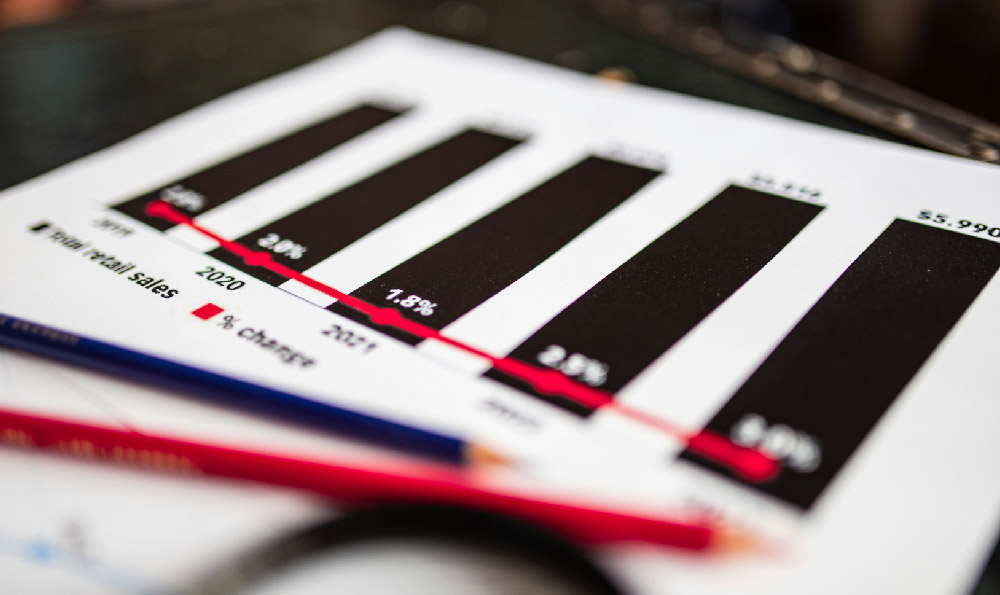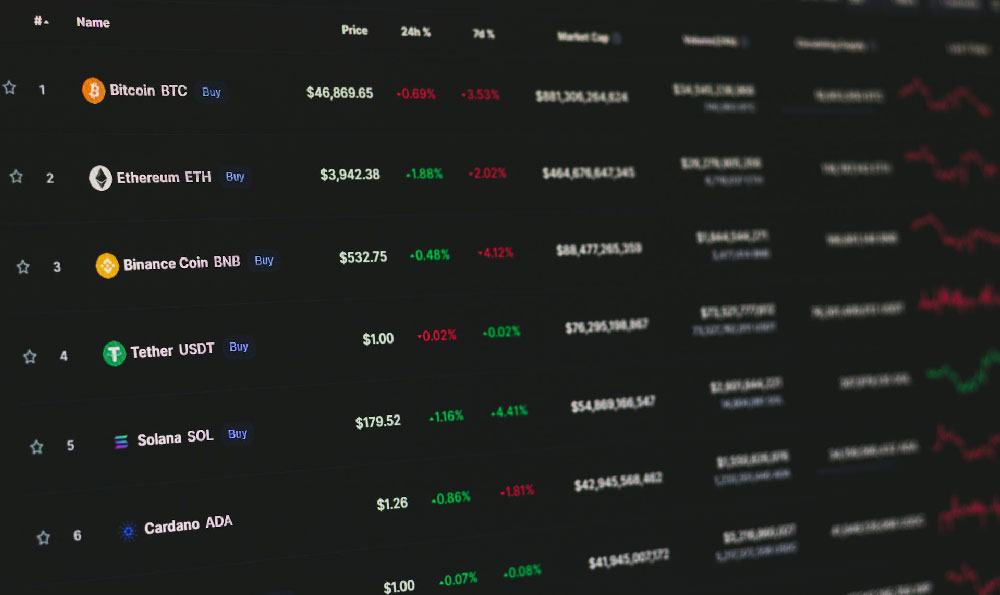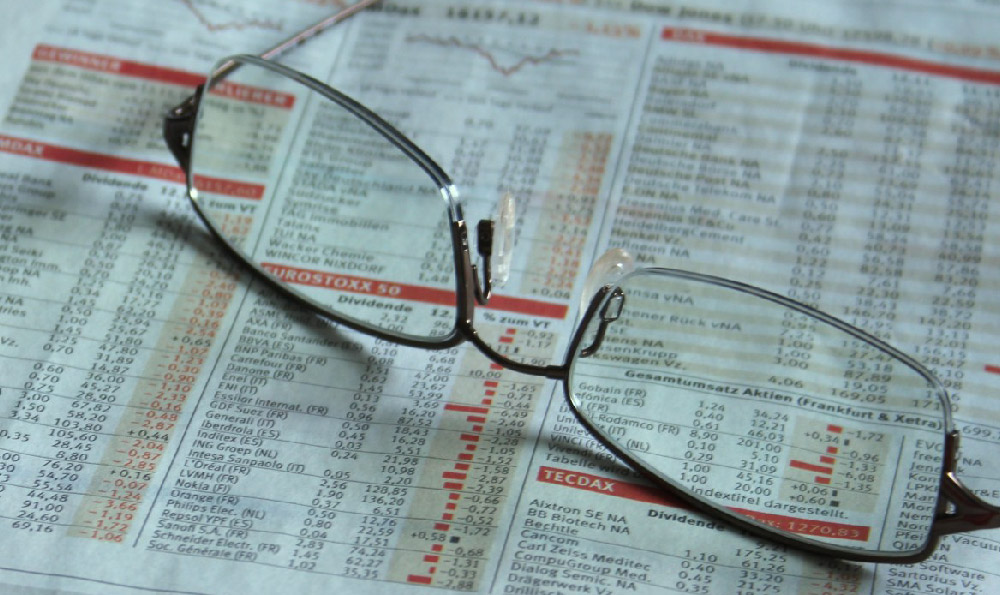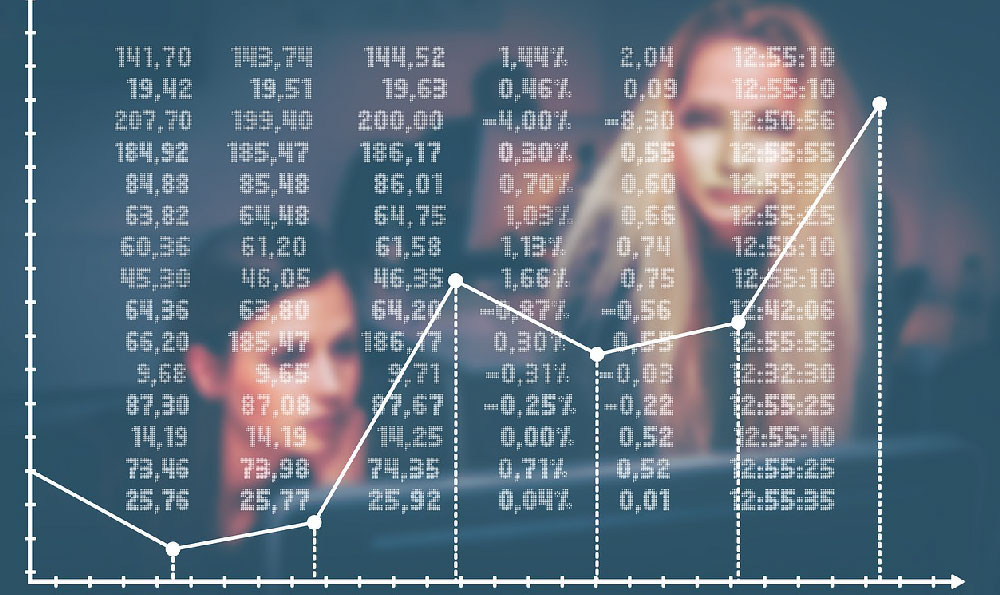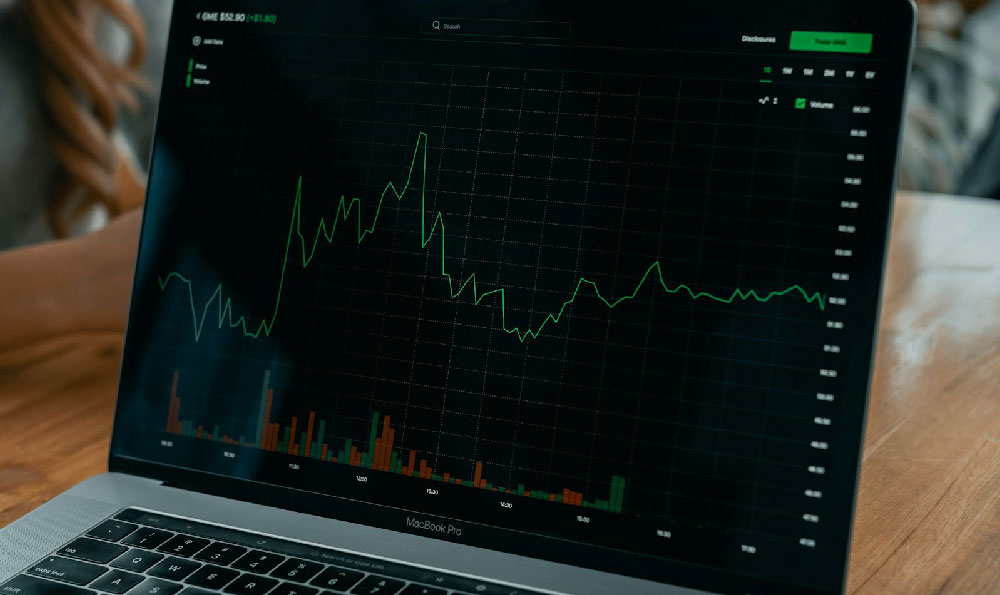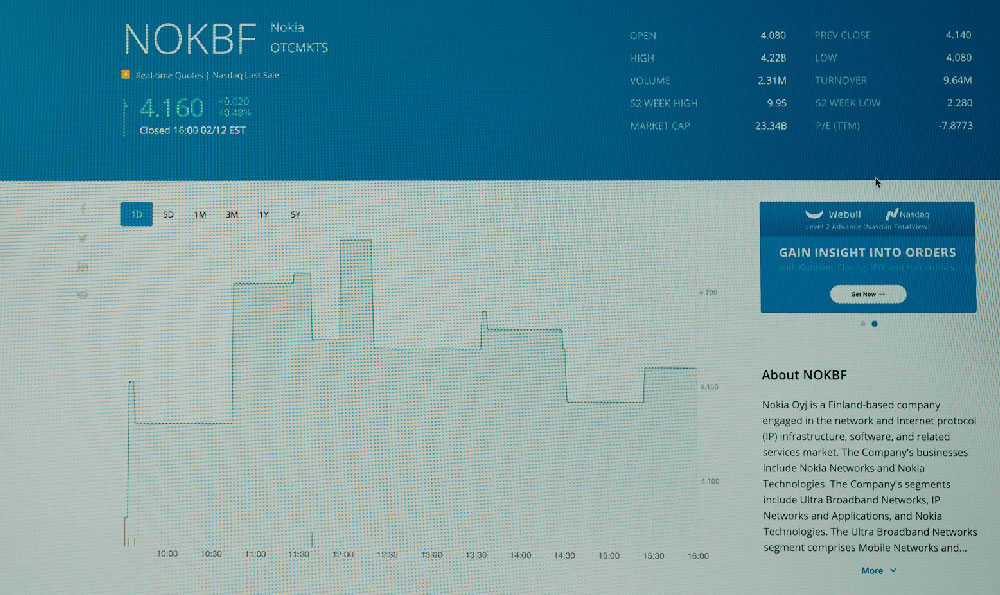Money creation is a complex process that intertwines the actions of commercial banks, the central bank (in the U.S., the Federal Reserve), and the public. Understanding this mechanism is crucial for comprehending macroeconomic dynamics and the impact of monetary policy. It's not simply a matter of printing more bills; instead, the majority of money is created through lending.
Commercial banks, acting as intermediaries, play a central role in the money creation process. When a bank grants a loan, it doesn't typically hand over physical currency. Instead, it creates a deposit in the borrower's account. This new deposit is effectively new money that didn't exist before. This process is based on what's called fractional-reserve banking. Banks are required to hold a certain percentage of their deposits as reserves, either as physical currency in their vaults or as deposits at the Federal Reserve. The remaining portion can be loaned out, creating new deposits and expanding the money supply.
Consider this scenario: A bank with a reserve requirement of 10% receives a $1,000 deposit. It must hold $100 in reserve and can lend out the remaining $900. This $900 loan becomes a deposit in another bank. That second bank then has to hold 10% ($90) as reserves and can lend out the remaining $810. This process continues, with each loan creating a new deposit and expanding the money supply. This multiplier effect, known as the money multiplier, demonstrates how a small initial deposit can lead to a much larger increase in the overall money supply. The size of the money multiplier is inversely related to the reserve requirement – the lower the reserve requirement, the larger the multiplier.
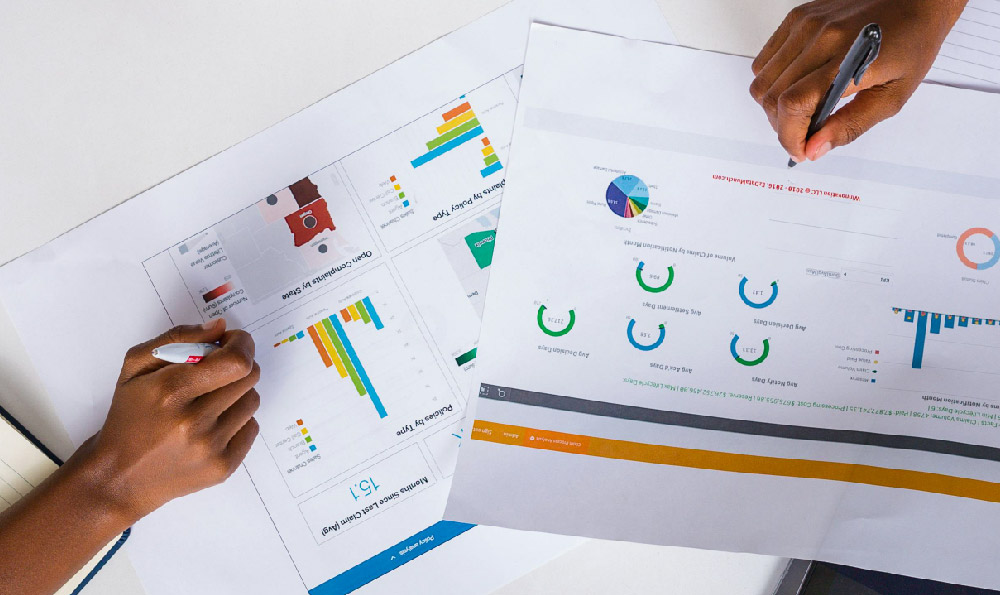
The Federal Reserve, often referred to as the Fed, plays a crucial role in influencing and regulating the money creation process. It is the central bank of the United States, responsible for maintaining the stability of the financial system and promoting sustainable economic growth. The Fed has several tools at its disposal to influence the money supply and credit conditions.
One of the primary tools is setting the reserve requirement. By adjusting the reserve requirement, the Fed can directly impact the amount of money banks can lend out. Lowering the reserve requirement allows banks to lend out more, increasing the money supply. Conversely, raising the reserve requirement restricts lending and reduces the money supply. However, in recent years, the Fed has relied less on reserve requirements as a primary monetary policy tool.
Another key tool is the federal funds rate, which is the target rate that the Fed wants banks to charge each other for the overnight lending of reserves. The Fed doesn't directly set the federal funds rate, but it influences it through open market operations. Open market operations involve the buying and selling of U.S. government securities in the open market. When the Fed buys government securities, it injects money into the banking system, increasing the supply of reserves and putting downward pressure on the federal funds rate. When the Fed sells government securities, it withdraws money from the banking system, decreasing the supply of reserves and putting upward pressure on the federal funds rate.
Changes in the federal funds rate ripple through the economy, affecting other interest rates, such as mortgage rates, auto loan rates, and corporate bond yields. Lower interest rates encourage borrowing and investment, stimulating economic activity. Higher interest rates discourage borrowing and investment, slowing down economic activity. The Fed uses the federal funds rate as a tool to manage inflation and unemployment.
The discount rate is another tool available to the Fed. This is the interest rate at which commercial banks can borrow money directly from the Fed. While banks typically prefer to borrow from each other at the federal funds rate, the discount window provides a backup source of funding, particularly during times of financial stress. A lower discount rate encourages banks to borrow more from the Fed, increasing the money supply.
Beyond these traditional tools, the Fed has also employed unconventional monetary policies, particularly during and after the 2008 financial crisis and the COVID-19 pandemic. Quantitative easing (QE) involves the Fed purchasing large quantities of assets, such as government bonds and mortgage-backed securities, to inject liquidity into the market and lower long-term interest rates. QE is typically used when short-term interest rates are already near zero and the Fed needs to provide further stimulus. Another unconventional policy is forward guidance, where the Fed communicates its intentions and expectations about future monetary policy to influence market expectations.
It's important to acknowledge the limitations and potential risks associated with money creation. Excessive money creation can lead to inflation, where the purchasing power of money declines. If too much money chases too few goods and services, prices will rise. Conversely, insufficient money creation can lead to deflation, where prices fall, which can discourage spending and investment. The Fed must carefully balance the need to stimulate economic growth with the need to maintain price stability.
Moreover, the money creation process can be influenced by factors beyond the Fed's direct control, such as consumer confidence, business investment decisions, and global economic conditions. If consumers are reluctant to borrow and spend, or if businesses are hesitant to invest, the money multiplier effect will be weaker, and the impact of the Fed's monetary policy will be diminished.
In conclusion, money creation is a multifaceted process driven by commercial bank lending and influenced by the Federal Reserve. Commercial banks create money through fractional-reserve banking, while the Fed uses tools like reserve requirements, the federal funds rate, the discount rate, quantitative easing, and forward guidance to manage the money supply and promote economic stability. A thorough understanding of this process is essential for investors, policymakers, and anyone interested in the workings of the modern economy. The Fed's role is to navigate the delicate balance between stimulating economic growth and maintaining price stability, a task that requires careful judgment and a deep understanding of the complex interplay of economic forces.


